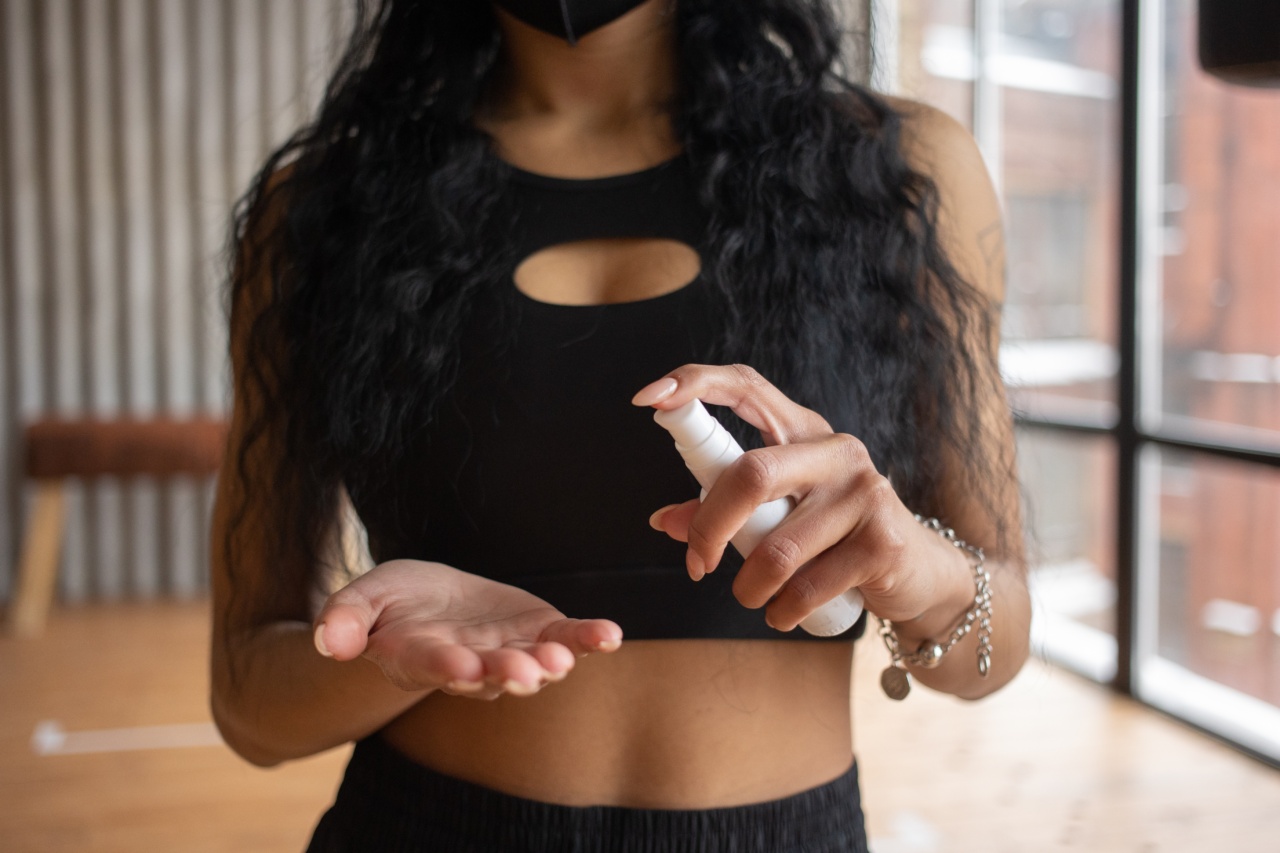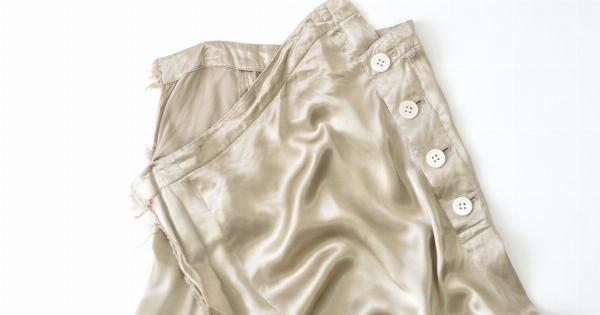When it comes to personal hygiene, one area that often gets overlooked is the belly button. While it may seem insignificant, the belly button can actually collect dirt, sweat, bacteria, and even lint from clothing.
To avoid any potential problems or infections, it’s important to keep your belly button clean and healthy. In this step-by-step guide, we will walk you through the process of maintaining proper belly button hygiene.
Step 1: Gather the supplies
Before you begin cleaning your belly button, make sure you have all the necessary supplies. You will need:.
- Mild soap
- Warm water
- A clean washcloth or cotton swab
- Hydrogen peroxide (optional)
- A clean towel
Step 2: Prepare the cleaning solution
Fill a small bowl or cup with warm water and add a few drops of mild soap. Mix it gently until the soap is well diluted in the water. If you have a sensitive belly button or any open wounds, you may want to dilute the soap even more to avoid irritation.
Step 3: Clean the surface
Dampen the washcloth or cotton swab in the cleaning solution and gently wipe the surface of your belly button. Make sure to clean all the nooks and crannies, including any folds or crevices. Be gentle to avoid causing any pain or discomfort.
Step 4: Rinse thoroughly
Once you have cleaned the surface of your belly button, rinse it thoroughly with warm water. If you are using a washcloth, make sure to wring out any excess soap before rinsing to avoid leaving any residue on your skin.
Step 5: Drying is crucial
After rinsing, pat your belly button dry with a clean towel. Make sure to dry it completely, as moisture can create a breeding ground for bacteria. Avoid rubbing or scrubbing, as this can cause irritation.
Step 6: Optional step – Use hydrogen peroxide
If you are prone to belly button infections or have any concerns about bacteria, you can use hydrogen peroxide as an additional step. Dip a cotton swab into hydrogen peroxide and gently apply it to your belly button.
Allow it to sit for a few seconds before rinsing with warm water.
Step 7: Pay attention to odor or discharge
Regularly inspect your belly button for any signs of odor, discharge, or redness. These can be indicators of an infection or other issues. If you notice any abnormalities, it’s best to consult a healthcare professional for advice.
Step 8: Avoiding irritants
Avoid using harsh soaps, lotions, or creams on your belly button, as these can be irritating and may disrupt the natural balance of bacteria in the area. Stick to mild, fragrance-free products to minimize the risk of any adverse reactions.
Step 9: Keeping it dry and clean
Keep your belly button dry and clean throughout the day. Moisture from sweat, swimming, or showers can accumulate, so try to gently pat dry the area if it becomes damp.
It’s also important to change your clothing regularly, especially if you perspire heavily.
Step 10: Seek medical advice if needed
If you experience persistent pain, swelling, or discharge from your belly button, or if you have diabetes or other underlying medical conditions, it’s wise to consult a healthcare professional for proper evaluation and guidance.
Conclusion
By following these simple steps, you can maintain good belly button hygiene and prevent any potential problems. Regular cleaning and proper care will ensure that your belly button remains healthy and free from infections.
Remember to always be gentle and attentive to any changes or symptoms. Take care of your belly button, and it will take care of you!.































